
 By Victor Duda
By Victor Duda
According to the American "Institute for War" (ISW), Russia increases the formation of troops, creating reserves that can be used in Ukraine or NATO in the future, despite limited offensive opportunities in Ukraine. According to the Commander -in -Chief of the Armed Forces Alexander Sirsky, Russia has about 695 thousand soldiers in Ukraine and, in addition, has a strategic reserve of 13 divisions and about 121 thousand people.
Although Russia is able to compensate for losses and increases forces, these reserves are likely not fully attracted to the front in the near future, since Russian troops already have an advantage in human resources in key areas. Instead, Russia can prepare these forces for war with NATO, seeking to deplete Ukraine in long -term conflict. Ukrainian intelligence also points out that Russia forms reserves for operations not only in Ukraine.
The Russian command will probably continue to accumulate forces for future conflicts if it can maintain a set of set sufficient to replace losses and simultaneously create a reserve. According to military expert Oleg Zhdanov, Russia has no purposeful reserves that would significantly increase its armed forces. Instead, the country actively conducts a spring call, which lasts until July 1, with a planned amount of 160 thousand recruits.
This process is stretched for three months, which indicates difficulties in the set of so many personnel. The expert notes that it is difficult to assess whether Russia is doing this plan, but conscripts are a key source for replenishing the army. Immediately after the recruitment, recruits fall into pressure to sign contracts. The Russian command actively encourages young soldiers to enter into contracts to use them to replenish the losses in military units involved in hostilities.
Zhdanov also draws attention to the fact that Russian President Vladimir Putin seeks to significantly expand the army, but this requires full -scale mobilization. "However, due to political and social restrictions, Putin cannot take such a step because it can cause considerable public resonance within the country. Thus, Russia is forced to rely on recruits and contractors to replenish losses, which limits its ability to rapidly grow forces," the expert says.
According to military expert Dmitry Snegirev, the number of Russian troops in Ukraine reaches about 700 thousand people, which indicates a significant increase in occupation forces. In 2024, the Russian army attracted about 440 thousand people, which indicates the significant mobilization potential of the occupying country. According to the Main Directorate of Intelligence of Ukraine, the total mobilization reserve of Russia is about 20 million people.
This allows Russia to compensate for the losses and increase the forces, despite the failure of the first stage of the so -called "special military operation". Snegirev stressed that Russia was unable to achieve its goals, including entering the administrative borders of Lugansk and Donetsk regions for four years of the war. Russia is betting on a numerical advantage in the live power, using "meat storms" tactics.
The expert noted that this tactic resembles the methods of the Soviet Army of World War II. "The tactics and strategy of the Russian military is no different from the tactics of the Soviet military. A clear example is the fighting in Sumy region, in particular in the Andreevka area. According to Russian sources, only 8 survived from 100 ribbons of one unit survived only 8, and those who survived, recognized as" five hundred).
In Sumy region there are brigades of the Marines of Russia, including 810 and 155, which have changed their staff three times due to huge losses. The replenishment of these crews is largely due to the so -called "special contingent" - prisoners and other marginal groups. In particular, Russia sent 20,000 migrant workers to the war with Ukraine.
Total mobilization in the occupied territories of Ukraine, in particular in the Luhansk and Donetsk regions, also contributes to the replenishment of Russian troops. This approach allows Russia to minimize losses among the personnel of the Armed Forces of the Russian Federation, shifting the main burden of hostilities into conscripts, migrants and a "special contingent".
According to Oleg Zhdanov, Russia is currently forming one division of up to 10 thousand people on the basis of the Leningrad Military District. This division is likely to be directed to the borders with Estonia or Finland, which may indicate the Kremlin's strategic intentions to strengthen its position on the northwestern borders, preparing for potential threats from NATO. However, most of the 160,000 are planned to be sent for fighting against Ukraine.
"We expect these replenishment of the Russian soldiers on our front sometime in the second half of August, the first half of September. These 160 thousand, they must replace all contractors, which are kept at the points of permanent deployment in the Russian Federation," the expert emphasized. These contractors, in turn, can be transferred to the front to complete the units involved in offensive operations in Ukraine.
However, Zhdanov emphasizes that the creation of full military units or units from conscripts is unlikely. Instead, Russia focuses on the completion of the units to the full state to maintain the offensive potential on the key areas of the front. Dmitry Snegirev adds that Russia seeks to fully occupy Donetsk and Lugansk regions, which is the primary task of recruiting new military. "The main goal of the occupiers is to enter the administrative borders of Donetsk region.
For this purpose, Russia scales the assault units, using mobilization resources to seize new territories," the expert sums up. We will remind, Ukrainian troops successfully reflect the offensive attempts of the enemy in the direction of Yunakivka, stabilizing the situation at the border of Sumy and Kharkiv regions. Focus also wrote that the Armed Forces for the first time received a lightweight Shark aircraft with a built -in electronic warfare system.


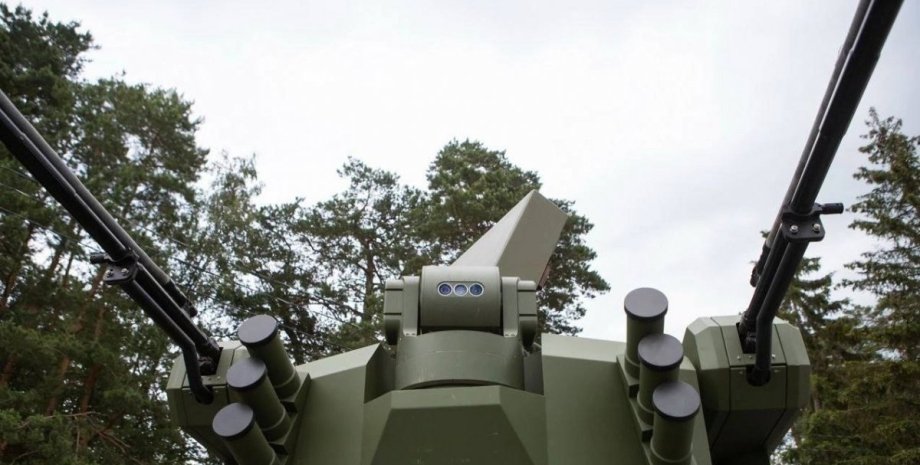
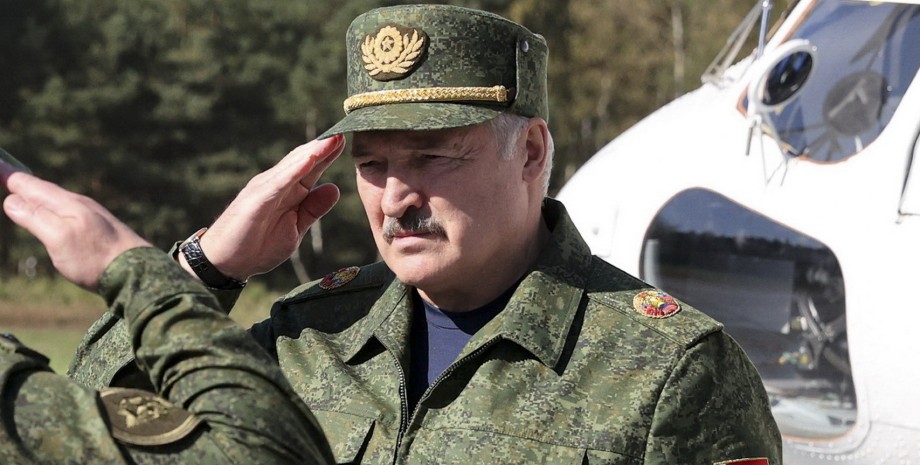
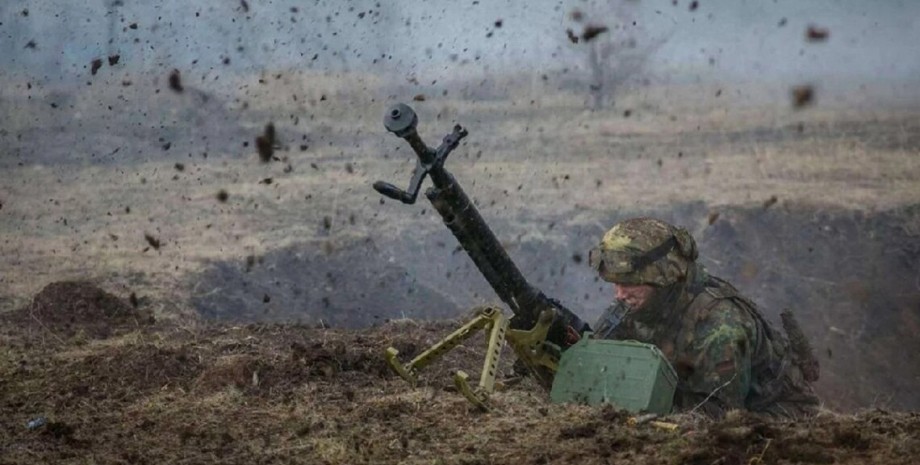

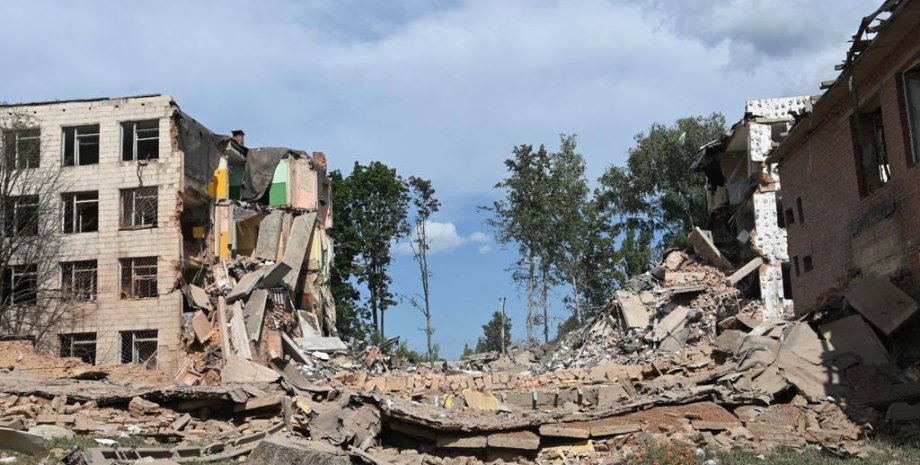

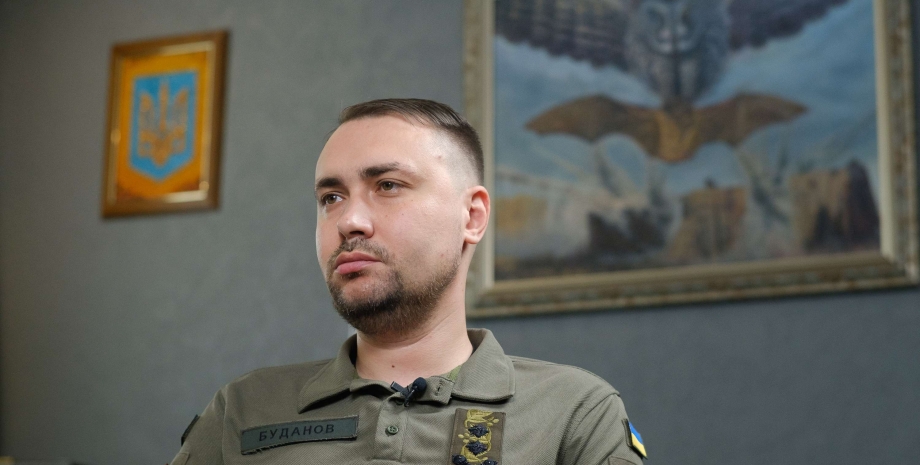
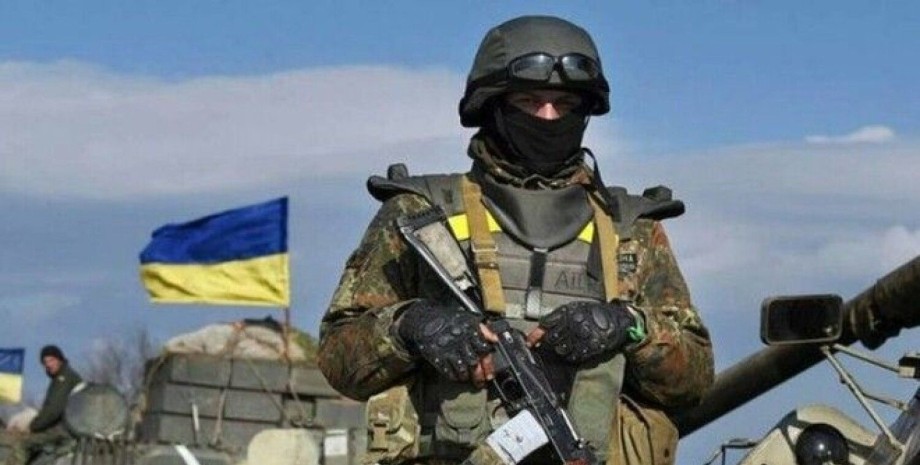
All rights reserved IN-Ukraine.info - 2022